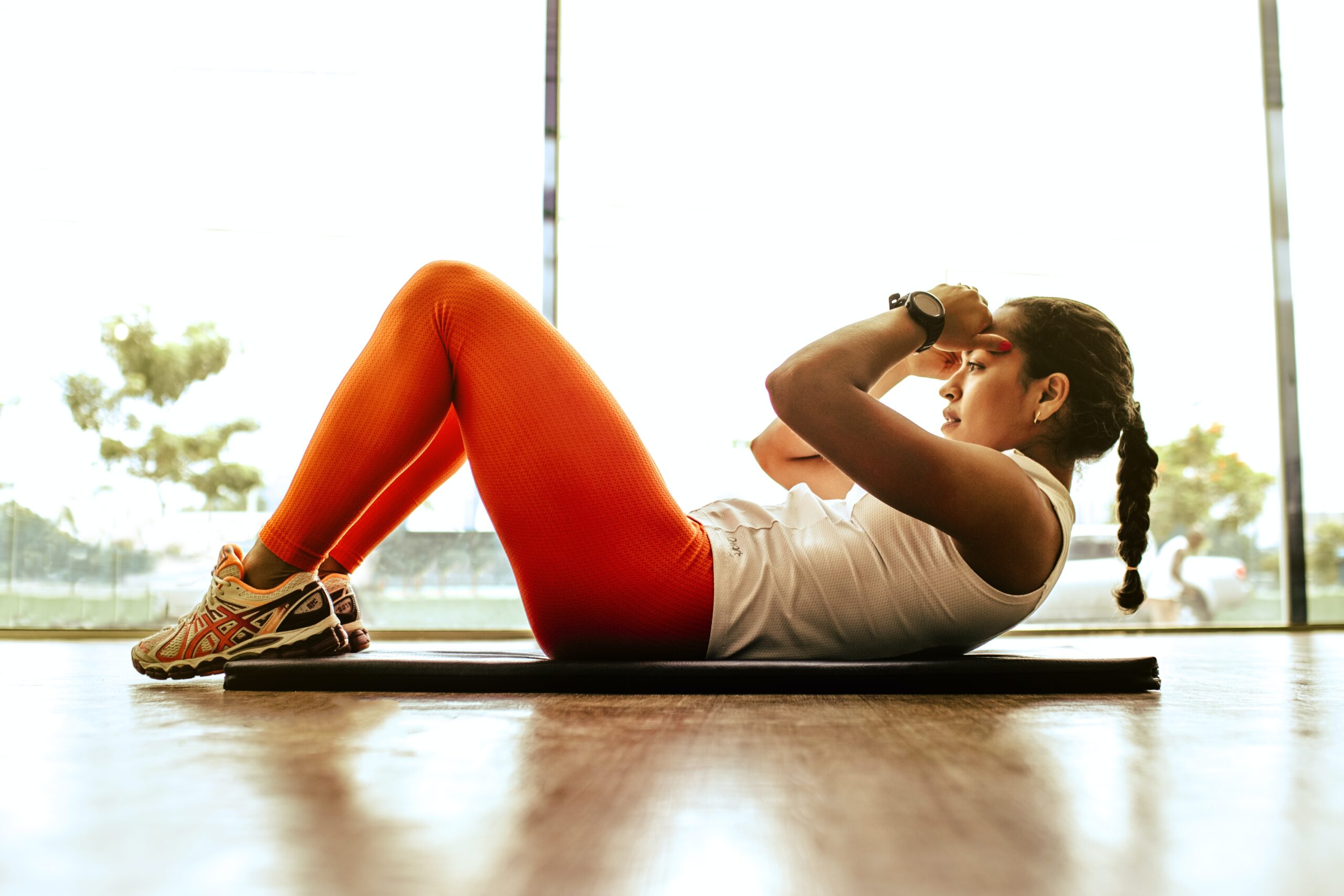
Case Study: Product Development of a Successful Fitness App
In recent years, there has been a growing interest in fitness and wellness, and people are increasingly turning to technology to help them achieve their health goals. As a product manager for a fitness tech startup, Jane was tasked with developing a new fitness app that would stand out in a crowded market. Here’s how she approached the challenge and created a successful product.
Identifying the Opportunity
Before Jane could start developing the app, she needed to identify a clear opportunity that the app could address. She started by researching the fitness app market and found that many existing apps were either too complicated, too focused on a specific type of exercise, or lacked personalized recommendations.
She conducted market research and customer interviews to better understand the needs and pain points of potential users. Through this research, she identified an opportunity to create a fitness app that was simple, personalized, and provided a comprehensive view of a user’s health and fitness progress.
Defining the MVP
Once Jane had identified the opportunity, she needed to define the minimal viable product (MVP). She worked closely with her engineering and design teams to identify the core features that the app needed to have in order to be valuable to users. The MVP included features such as:
- Personalized fitness plans based on user goals, fitness level, and preferences
- Integration with wearable devices to track fitness metrics such as steps, calories burned, and heart rate
- A library of exercises and workouts with instructional videos and animations
- A nutrition tracker with personalized recommendations based on user goals and dietary preferences
- Jane and her team also decided to focus on creating a simple, intuitive user experience with a clean and modern design.
Validating the MVP
Before starting development, Jane wanted to validate the MVP to ensure that it would meet the needs of potential users. She created a prototype of the app and conducted user testing with a group of early adopters.
The feedback from the user testing was overwhelmingly positive, with users praising the app’s simplicity, personalization, and comprehensive view of their health and fitness progress. Based on this feedback, Jane and her team were confident that they had identified a strong opportunity and had defined an MVP that would be valuable to users.
Iterating and Improving
After launching the app, Jane and her team continued to gather feedback and iterate on the product. They used data and analytics to identify areas where users were experiencing friction or drop-offs in the user journey. They also conducted ongoing user research and interviews to better understand how users were interacting with the app and what features they found most valuable.
Based on this feedback, they made several improvements to the app, such as:
- Adding more customization options for fitness plans and nutrition recommendations
- Improving the onboarding experience to better educate users on the app’s features and benefits
- Adding social features to allow users to connect and support each other in their fitness journeys
- Integrating with additional wearable devices and fitness tracking apps
Through these iterations and improvements, the app continued to grow and gain traction in the market. It was featured in several high-profile publications and was rated as one of the top fitness apps by industry experts.
Conclusion
Developing a successful product requires a clear understanding of user needs, a focus on simplicity and usability, and a willingness to iterate and improve based on feedback and data. By identifying a clear opportunity, defining a strong MVP, validating with user feedback, and iterating based on analytics and research, Jane and her team were able to create a successful fitness app that provided real value to users and stood out in a crowded market.